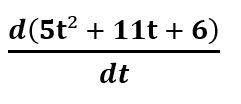In this article, you will know more about one of the critical aspects of physics about how does position change velocity.
The position of a particle at different places requires a change in velocity. If we plot it on a Position-Time graph and observe the nature of the graph or the curve, the slope will change, indicating that the velocity changes. From this, we can find out that position changes velocity.
Now let us look at the different aspects that tell us about how position changes velocity.
How does position affect velocity
To know how position affects velocity, we have to know some of the aspects of the position-time graph.
The nature of the curve on a p-t graph, its slope represent the change in velocity of a particle for different positions. If the slope on a p-t graph is constant, even the velocity is constant. If the slope is variable, then even the velocity varies. The direction of the slope also indicates its sign.
Now let’s focus on the relationship between position and velocity.
What is the relation between position and velocity
There will be some change in velocity for every position change, whether it be large or small objects.
Suppose we consider the change in Position as P(x). In that case, the velocity can be termed as the first derivative of the position function P(x), which signifies that for every minute or significant change in position, there will be the required change in velocity of the object. These can be found out by using the differential equations of velocity.
It is time to look into the change in velocity concerning the position.
Does velocity increase as position increases
The velocity increase as position increases can be defined by using the following criteria.
- Depending on the position of a particle, there is a required change in velocity
- When we turn on a vehicle, we have to accelerate it to start quickly.
- At this point, the velocity will be more so that the vehicle changes its position, and if that vehicle is in the middle of somewhere, then the velocity will be constant based on the route.
- At the end of the journey, the velocity will sometimes be less; here, the vehicle’s position will be changing at some constant rate.
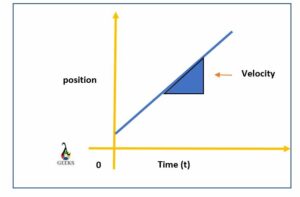
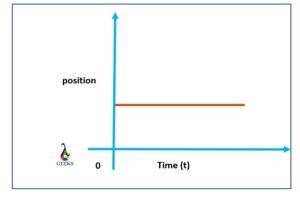
Now let us know how to derive the relationship between position and velocity.
How is position velocity relation derived
Both position and velocity are related to each other by a formula we will derive now.
Consider the graph shown in the below image.
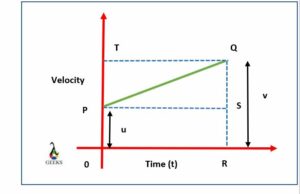
The graph shows that the distance(s) covered by the object in a time interval “t” is represented by the amount of area PQ that is the trapezium area OPQR.
Now we can consider the below equation to find the position velocity relation.
Total distance covered by the body = Area of the trapezium OPQR
Take into consideration the sum of parallel sides and the height.
S = add the two parallel sides and then multiply it by the height.
i.e., s = (sum of the parallel sides) x height(h)/2
s = (OP + RQ) x OR/2
We know that OP + RQ = u + v and OR = t,
After substituting and simplification we get,
s = (u + v) x t/2 ………(1)
Now from the velocity-time relation formula, we can write as below,
t = (v-u)/a
In this step, substitute the value of ‘t’ in equation 1
we get,
s = (u + v)/2 (v – u)/2
we can further simplify it as follows,
v² = u² + 2as
It is the required relationship of position and velocity and can be used to solve various problems related to the position and velocity of the objects.
Now let us see into the aspect about the effect on position when velocity decreases.
What happens to position when velocity decrease
We know that we get constant velocity for an equal amount of change in the position of a particle.
In general, for a constant change in velocity, the distance or the position increases or changes by an equal amount for each time interval unit. On a P-T graph, the changes in velocity can be seen. If there is any decrease in velocity, then the increments on the coordinates of the slope will be smaller, and we get a convex curve from which we can estimate the values of velocity.
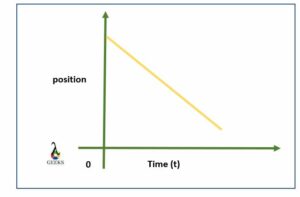
There will be a change in the increment of velocity for a change in position.
Is position the integral of velocity
The integral of velocity in consideration with the time taken is the position.
We know that in physics, the change in position of a particle in consideration of the time interval is velocity. So, if we consider its integral, we will get the change in the position of a particle. Hence, we can say that the position is the value of the definite integral of velocity. It can be represented in the form of an equation as shown below,
∆s = ∫v dt
Similarly, we can say that velocity is the integral value of acceleration with time.
Is velocity the derivative of position
Above, we discussed how the position is an integral value of velocity. Here we will know about how velocity is derivative of position.
In general, we have an idea that the derivative of any a will be any c, and in contrast, we have studied that the integral value of c will be a. So, we know that the position is the integral value of velocity, and in contrast, velocity will be the derivative of the change in position.
The derivative value of change in velocity will be the change in acceleration.
Does speed affect velocity
Speed and velocity are two different phenomena.
Even if the speed of a particle remains constant, its velocity will keep changing according to time. Because speed is a scalar and velocity is a vector will have a constant value of magnitude and keep changing its direction. So, we can say that speed does not have much effect on the particle‘s velocity.
In the next concept, let us know the exciting aspect of how position changes velocity.
Does the position-time graph have an increase as velocity increases?
By observing the nature of the Position-time graph, we can predict the increment or decrements in the particle’s position.
If the velocity increases steadily, then the slope of the position vs. time graph will also increase. From this, we can say that there should be an increase in velocity for a position to increase. Similarly, there should be an increase in position for a velocity to increase.
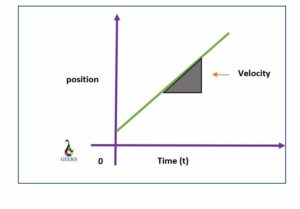
It is how both position and velocity of a body are related.
How does position change velocity
Velocity and position are interrelated to each other by specific formula and BY position-time graph.
Velocity represents both speed of a particle and along which direction it moves. We can also term it as the rate of change of position of a particle in consideration with time. Even the velocity is the derivative of position change and vice versa. In all these ways, position and velocity are interrelated.
- To know more about Position and velocity read the below article
- Position time graph to velocity time graph
Frequently asked Questions | FAQs
What factor makes the velocity increase?
The acceleration is one of the main factors that make the velocity increase.
If the acceleration of a particle is positive, then the velocity will be increasing for a specific time interval. But if the acceleration is in a negative direction, then the velocity decreases.
Can velocity increase if acceleration is negative?
If the acceleration is negative, there is less chance for a velocity to increase.
Consider that a particle moves along the negative direction with varying velocity. Here, the acceleration will be increasing but acting in a negative direction, so even the velocity will be along the negative direction, decreasing instead of increasing.
Does velocity have a direction?
Velocity is a physical vector quantity, so it consists of direction.
The velocity is a vital vector quantity; the direction of velocity will be along the direction of the particle in which the particle moves. It shows the magnitude of speed and how quickly the body moves in a specific direction.
When velocity increases, what happens to the position?
When velocity increases, there will change in the particle’s position for which the velocity is calculated.
The slope of the position-time graph will constantly increase as there will be a change in the particle’s velocity. The slope of the P-T graph gives the values of velocity at different coordinates.
How can we tell whether velocity is increasing or decreasing?
We can take the help of specific formulas or even acceleration-time or position-time graphs to know the change in velocity.
From the position-time graph, we can look into the slope and determine the slope value from which c can know the velocity since velocity is the derivative of a p-t graph. Another way is to look into the acceleration factor and determine the increase or decrease in velocity.
What is the meaning of position in physics?
In general, the position is where the objects or particles are located.
In physics, the position is a fundamental quantity to be measured to determine other physical factors such as velocity acceleration, speed, etc. It is a vector because the direction is taken into consideration.
Also Read:
- Escape velocity of earth
- Terminal velocity 2
- Velocity vs acceleration
- How to compute velocity in superstring theory
- How to measure velocity in quantum entanglement
- How to compute velocity in stellar dynamics
- Velocity of sound in air 2
- Velocity formula
- Orbital velocity of earth
- Relative velocity in same direction
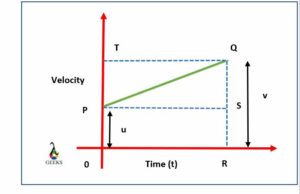


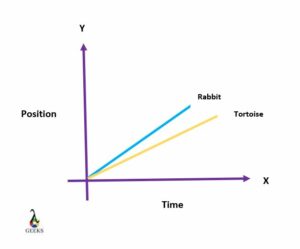
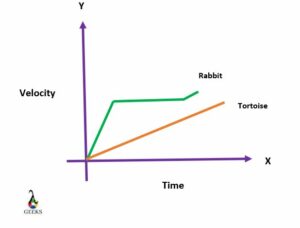
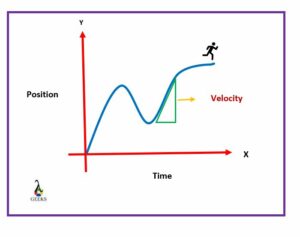
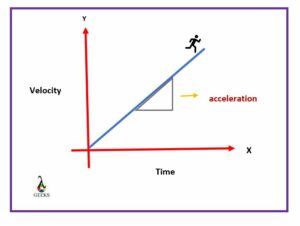
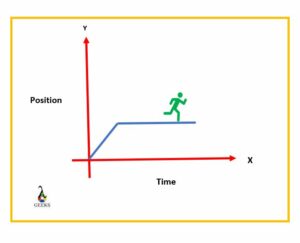
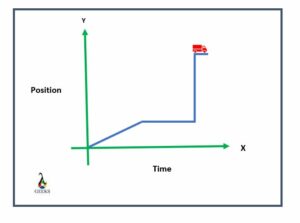









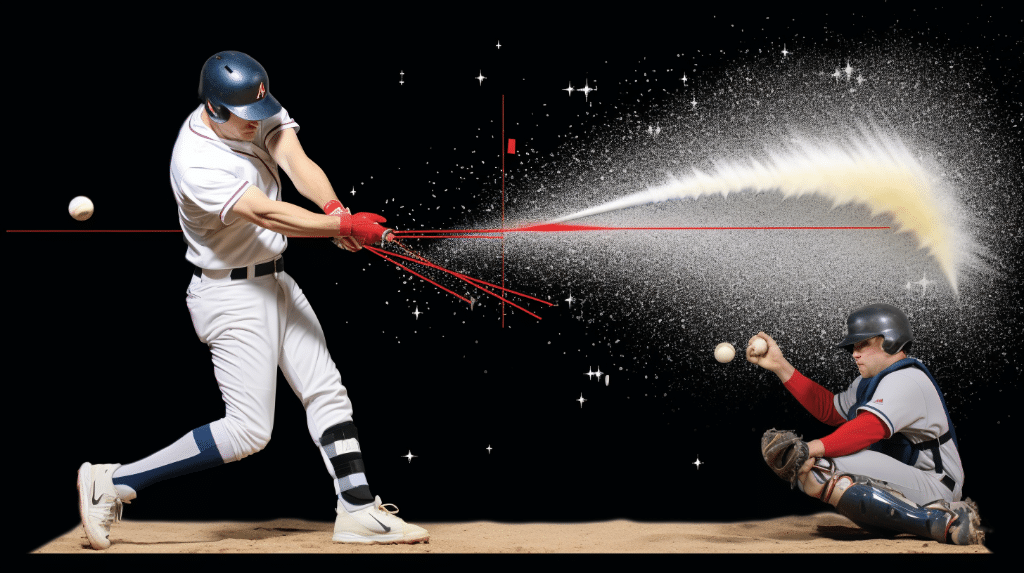









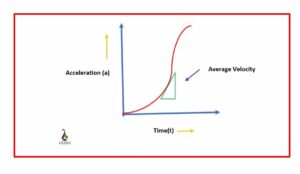


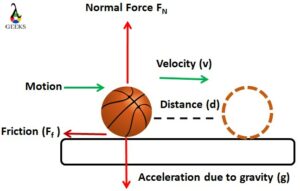

































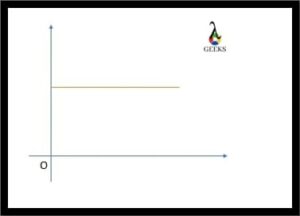

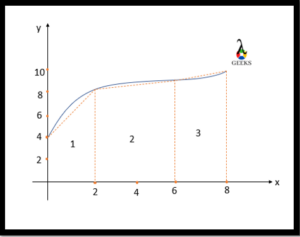
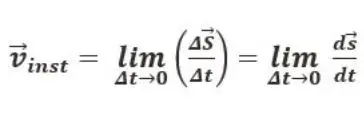
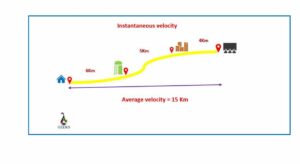


 = it refers to the derivative of the position of the particle in consideration with time interval.
= it refers to the derivative of the position of the particle in consideration with time interval. = sf – si
= sf – si = tf – ti
= tf – ti
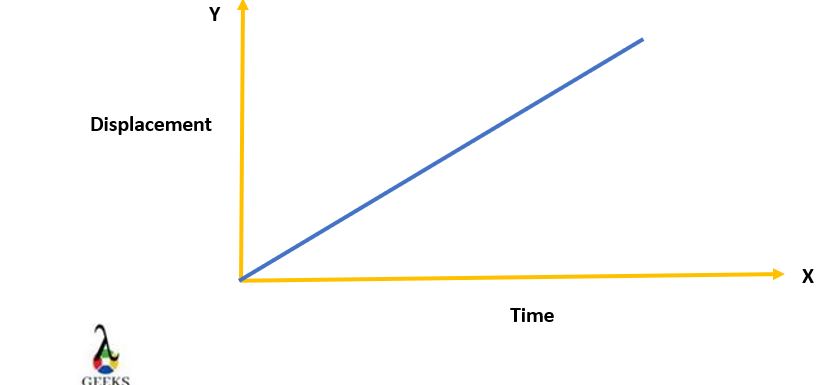
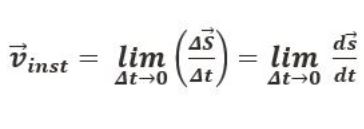
 =
= 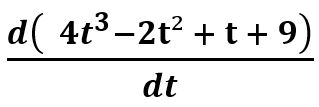 = [ (3 x 4 t2) – (2 x 2t) + 1]
= [ (3 x 4 t2) – (2 x 2t) + 1]


